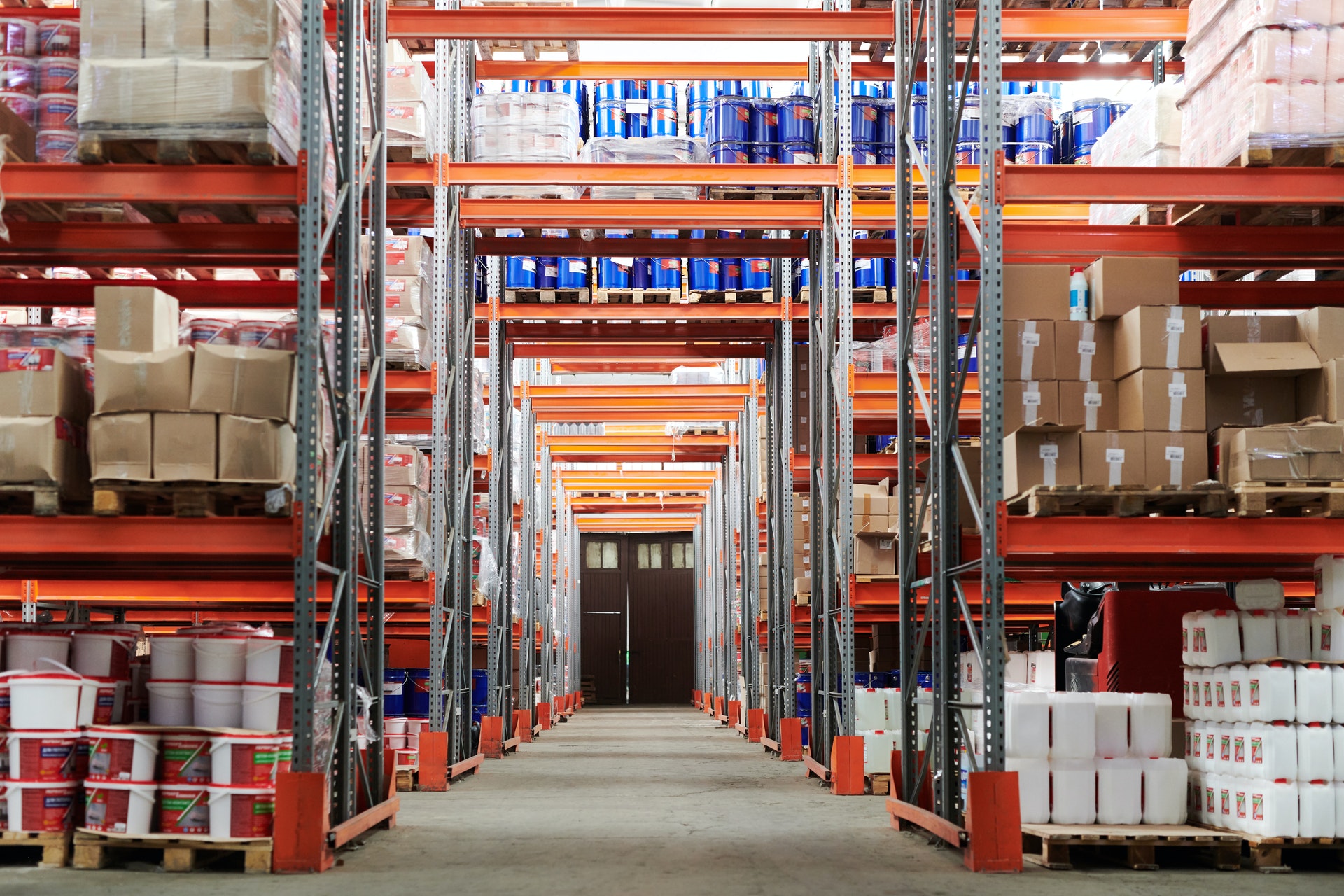Staying on top of inventory needs within your DC (Distribution Center) doesn’t have to be a struggle or challenge for the daily operations of a warehouse facility. It just takes a little strategy and forethought. First of all, you need to understand that a DC has reached its maximum capacity when around 85 percent of its space is occupied. This occupancy includes every department within a facility from shipping and receiving to QA (Quality Assurance) if any. That might seem a little limiting, but there are options available when it comes to spacing. Think outside the “box” to get the best use of space in a warehouse.
Ask yourself, “Does this place feel congested?’’ or “Wow did things get this way?” Working backward from these insights should guide the next steps to take. There are different takes on the situation. Maybe things are going just a bit too well and operations can’t keep up, or someone in the purchasing department made an honest mistake. These details make all the difference in implementing the right type of solution. Give resting products the white-glove test. Also, look upwards to empty space for solutions.
If you have plenty of open-air space within your DC, the sustainable solution for just about all of your problems is to find the right rack to use. You also might be able to make use of mezzanines depending on the overall structure of your facility. The best solution just might be the result of combining options as needed.
The pallet rack saves the day for countless DC facilities from coast to coast within several international industries. Of course, making use of these racks en masse requires a forklift. At the very least, pallet racks require pallet jacks to move products from one area to another efficiently. They provide the best option for warehouses that store more than one type of item within their inventory.
If your inventory is lightweight with a tendency to move off the shelves quickly, you might want to make use of carton flow racks. These kinds of racks are designed with slanted shelves that allow items to flow when downward as one is removed from the front. This is something you might consider for facilities that have direct interaction with customers, something like a warehouse with a market housed under the same roof.
Sometimes the congestion within a DC comes from the diversity of products within the inventory. When this becomes apparent, you should look into cantilever racks as an option for opening up possibilities on floor space. This kind of rack takes a lot of work from moving and removing products with a long and thinner shape to them.
For those capacity issues that require a more permanent solution, building a mezzanine offers all kinds of storage options. Under the right conditions, mezzanines can also serve as extra office space while giving you a perfect bird’s eye view of what needs to be moved within your facilities. At the very least, a mezzanine can serve as a “lock and key” storage space for more valuable products.
While considering the different rack options available to you, remember to look closely at the measurements on the work floor. Do you really need 15 to 20 feet of space between racks, or can you reasonably get things done with 10 to 12 feet? Can pallets be stacked before being racked, if not, can the product itself be restacked on pallets? Don’t be afraid to get help from warehouse professionals who make logistics of this kind their business.




